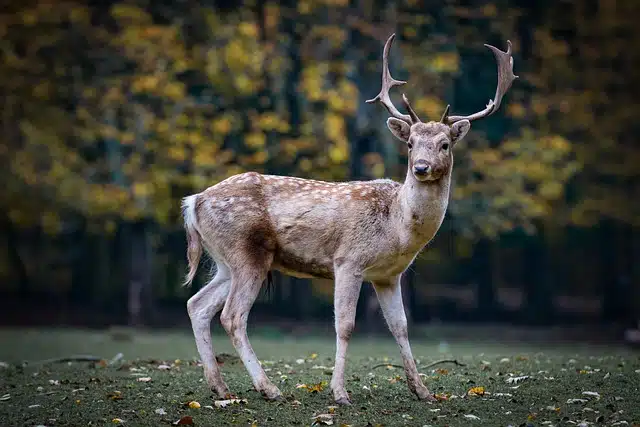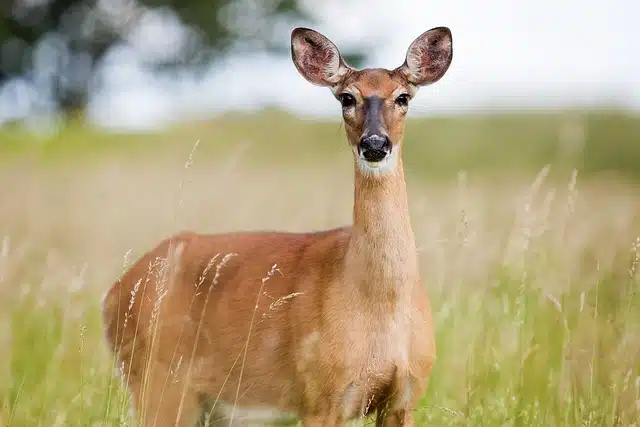
The deer is a ruminant mammal.
A deer is a mammalian animal that is part of the group of ruminants . It usually has a height of about 1.30 meters and can weigh up to 200 kilograms, although its characteristics vary according to each subspecies.
It is possible to find deer in various parts of the world, among which the European, American, Asian and African continents stand out. On the other hand, they also have habitats in certain arctic areas. To Australia and New Zealand, however, it arrived artificially, carried by humans.
Families and subfamilies of deer
While many different animals are referred to by the same name in everyday speech, the deer family is very broad. The publication "Species of mammals of the world" (originally published in English under the title "Mammal Species of the World" ) ensures that we can distinguish three subfamilies, which are divided into twenty genera and forty-eight species.
As if these numbers were not impressive enough, we must also take into account a few extinct subfamilies and genera , such as the subfamily Capreolinae with its genera Alces , Blastocerus , Capreolus , Hippocamelus and Mazama .
The Cervus elaphus is the animal known as the common deer or deer . Their hair is short and reddish or gray, although lighter on the buttocks and belly. Males, which are larger than females, have antlers that fall off and grow back every year.

The common deer is also known as venison.
Some features
Deer, which are undomesticated, are usually hunted by humans for their meat, skin and even antlers. Tigers, leopards, pumas, bears and wolves are other predators of this herbivorous animal.
Regarding their social organization, deer establish herds according to their size and age, in addition to dividing themselves between males and females. Males usually move solitary or in small groups , while females form herds of several dozen specimens, where the youngest individuals are also found.
Although these are the most common organizations of deer groups, they do not occur in all cases; For example, musk deer, which belong to the mosquito family, spend their lives in pairs. Mosquids are artiodactyl mammals , an order with limbs that have an even number of fingers, of which they support at least two, the most developed.
Deer reproduction
During the mating period, males approach groups of females and fight among themselves to prevail and gain control. The male deer that emerges victorious, therefore, leads the herd of females for the duration of the mating season and then moves away.
Deer gestation extends for a period that can last between 160 days and 10 months, depending on the particular species; per year, they usually give birth to a maximum of two young, which are called kittens or fawns . Regarding their diet , deer prefer branches, plant shoots and leaves.
Almost all deer have a gland near their eyes that contain pheromones, that is, chemical substances that they can secrete to make other individuals of their species behave in a certain way. In this specific case, males use their pheromones to express their displeasure when around other males.
The servants
It is important not to get confused between deer (written with initial C ) and servant (with S ).
When the term begins with S ( servant ), it refers to an individual who is enslaved and at the service of a lord.
